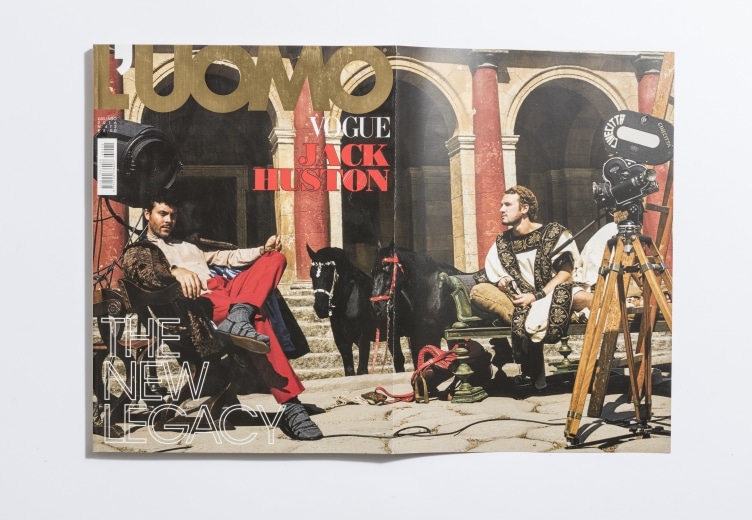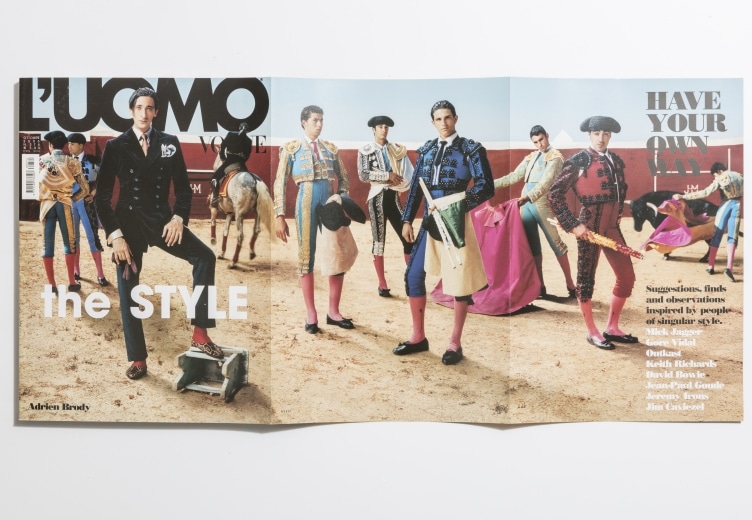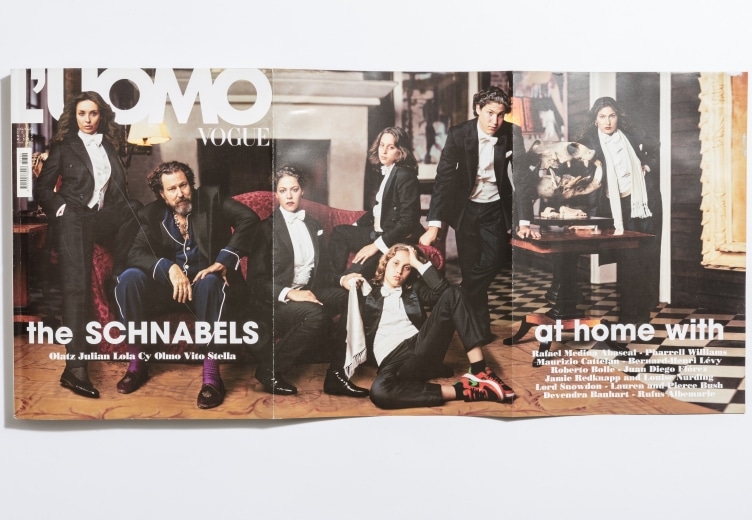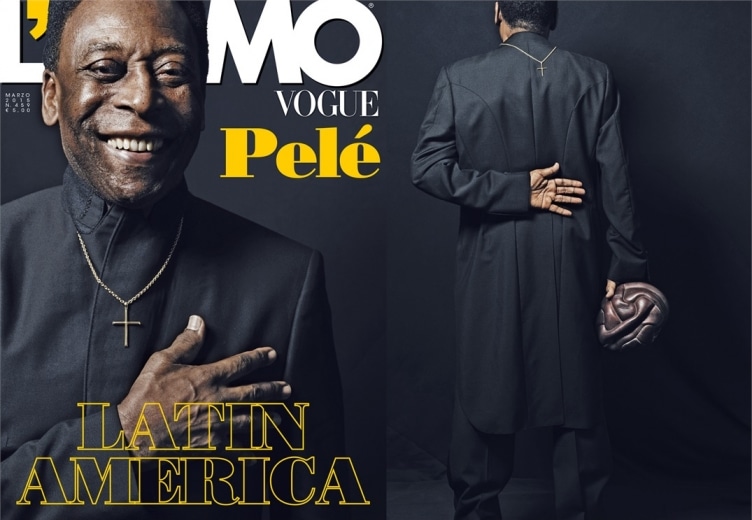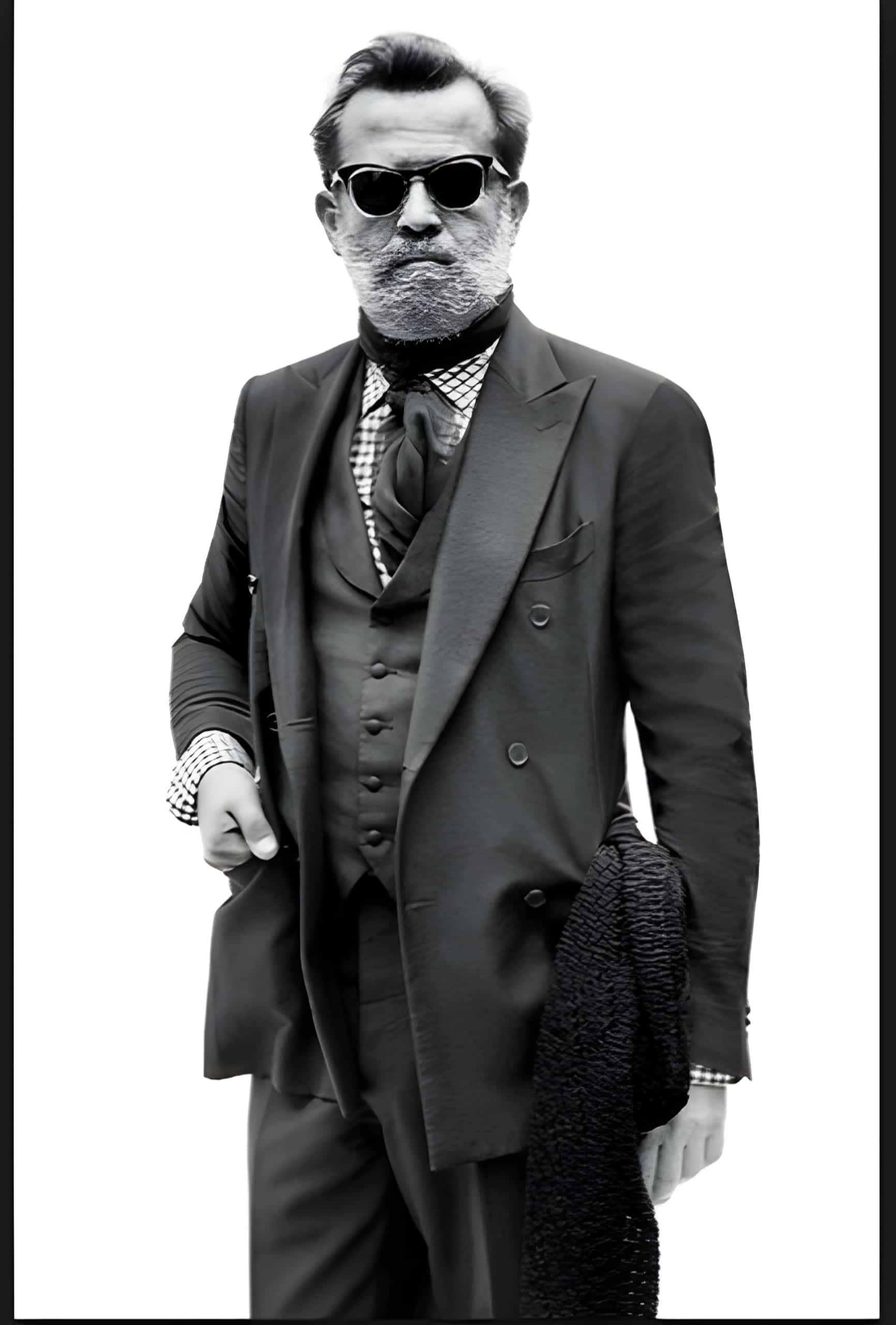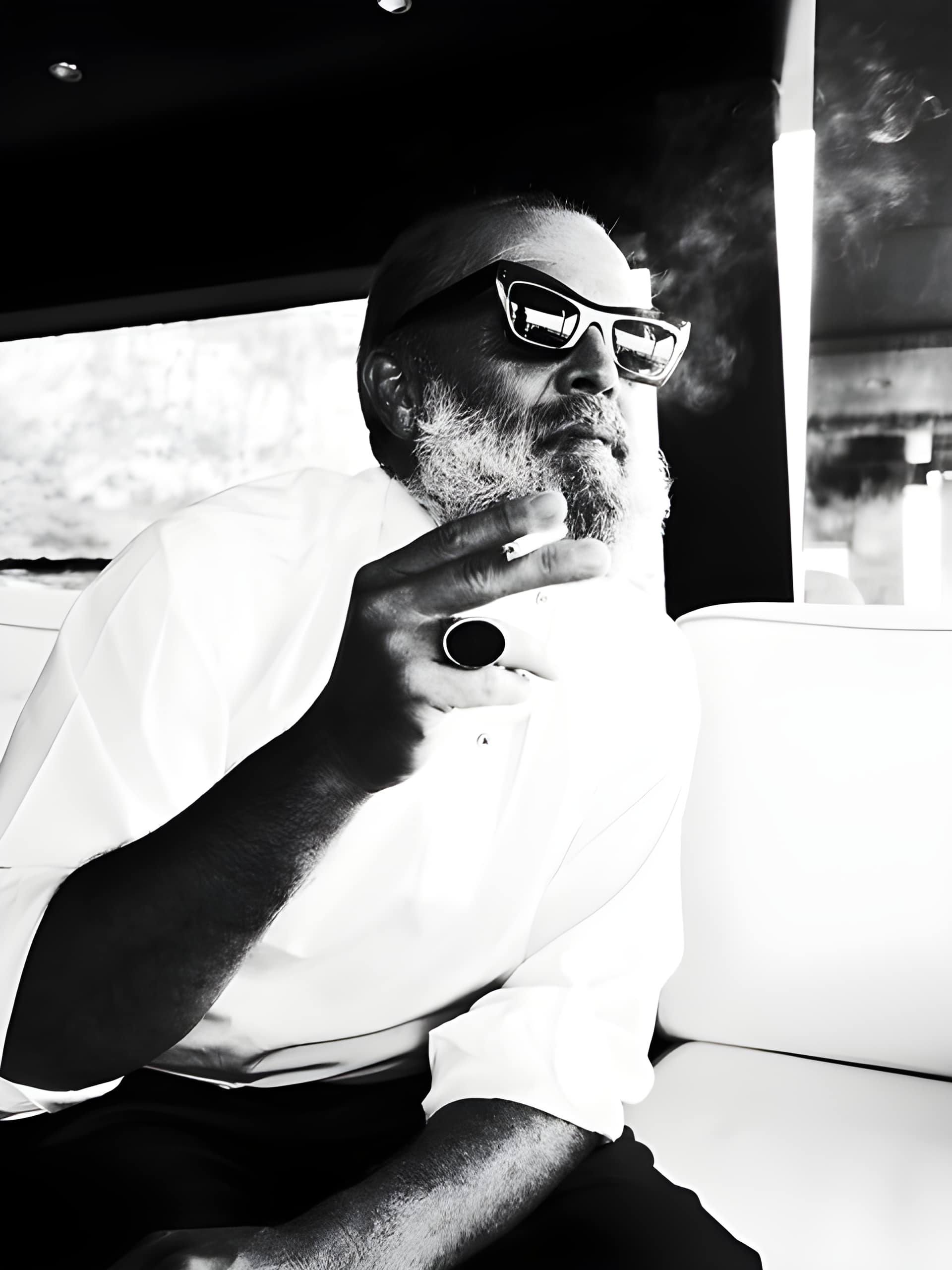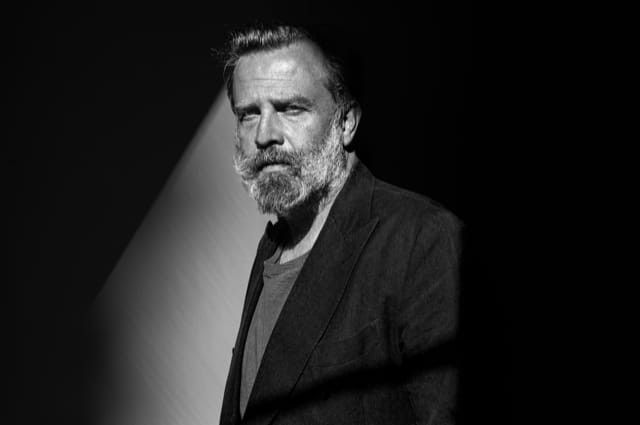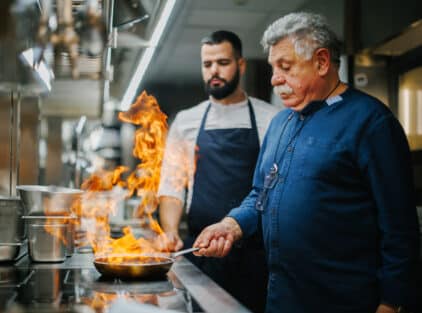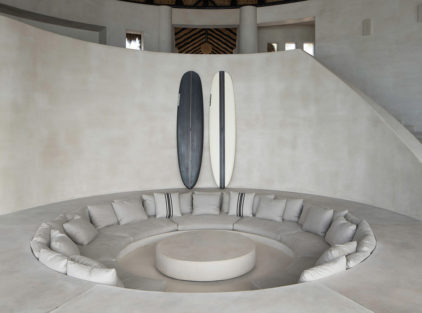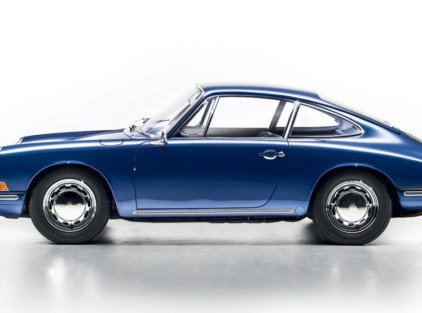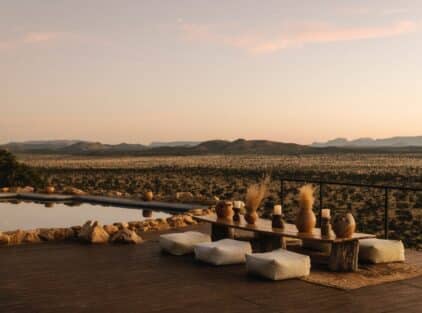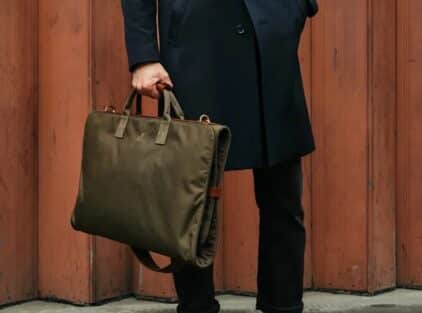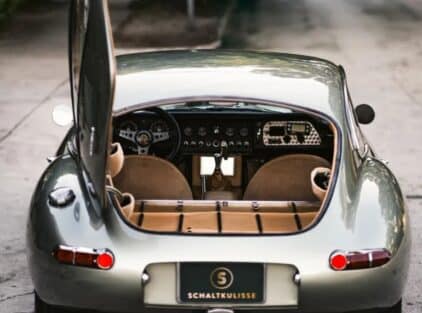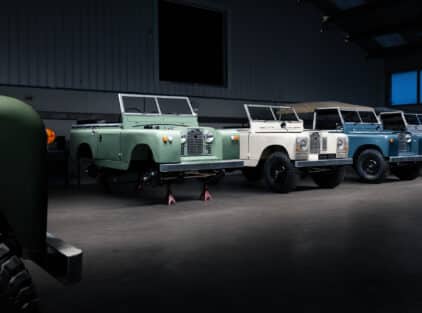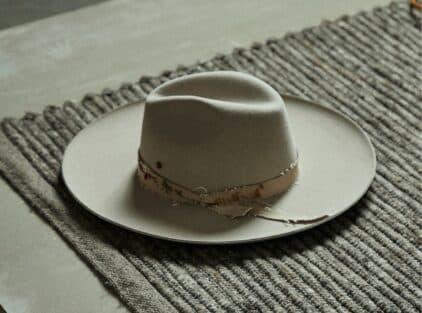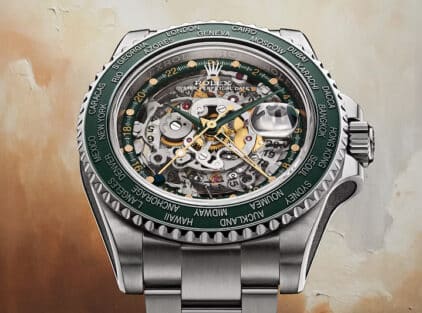Portrait photo: Dylan Don
He has been identified with men’s style and its promotion through a personal, eclectic aesthetic approach. It effortlessly combines classic elegance with innovation. Famous as a stylist and fashion editor, known for his discerning eye and understated aesthetic, Robert Rabensteiner combines the traditional with the contemporary, with his style pushing boundaries, turning garments into visual artworks. His collaborations with renowned photographers and designers have led to iconic editorials on the pages of leading fashion magazines.
by Apostolos Kotsabasis
Photos: Courtesy robertrabensteinerarchive.com
Born in Merano, southern Tyrol, Italy, he worked for years as fashion editor-at-large at L’Uomo Vogue, his work reflecting a deep understanding of fashion as a form of storytelling, where each ensemble becomes a chapter in the larger context of style and sophistication.
His influence shapes the visual landscape of fashion, infusing it with a sense of timelessness and innovation, as demonstrated by his collaborations with leading fashion brands, such as Moncler. Whether orchestrating high-profile fashion shows or designing editorial that pushes the boundaries, Robert Rabensteiner continues to be a maestro whose artistry elevates fashion into an extraordinary form of expression. He granted MANCODE a brief interview on the occasion of his recent presence in Greece.
It has been written that your work is characterized by a cinematic view inspired by classic movies and also Visconti’s films. How do you comment on that?
In general classic, modern movies and today also TV shows, especially movies directed by Visconti have inspired me significantly. The vision, casting, storyline, music, script, cinematography especially the costumes and set design are things that I can identify with and also implement into my work style.
How do you start the prep on a fashion editorial concept?
By reading books and watching movies.
You have collaborated with renowned photographers on behalf of world’s top magazines. Do you propose and discuss your ideas for the concept with the photographer? How does this partnership work?
Normally I already have the idea, concept and photographer for the story which I then discuss with the magazine.
The last decade the internet has replaced print magazines. How does that ongoing process affect the fashion editorials?
Of course digitalization has changed the printed magazines, but I am a strong believer in printed magazines as it is still a piece of art in itself. I am convinced that it is a comeback and has a big value again.
As a stylist and an editor-at –large before, what are the main changes that you have seen, through these years, concerning the contemporary man’s aesthetic, style and attitude, compared with the one of 25 years ago?
The Men’s aesthetic style and attitude are much more playful and colorful then back in the days.
What is the influence, if any; of today’s style blogs such The Sartorialist and magazines like The Rake?
The influence of the Sartorialist and The Rake changed but it still plays an important role for me.
Which do you consider very promising from the new generation of fashion designers?
Matthieu Blazy and Emily Adams Bode Aujla.
Tell us a story for our readers, about a project that you remembered and involved a cinema star…
The One who I will always stay with, was the shooting with Jeremy Irons in his House with Michel Comte for L´Uomo Vogue in Scotland, how we had the same idea on how to dress for the story, it felt like we were in sync with our ideas.

